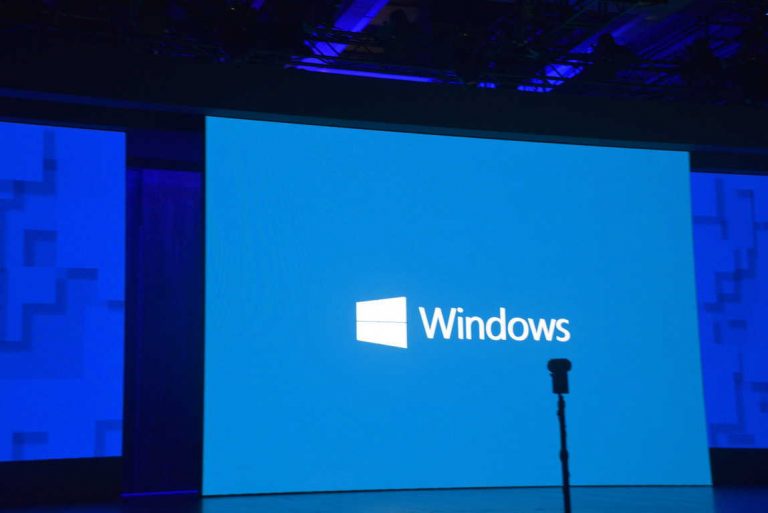Today is Day 2 of Microsoft’s Build 2017 developer conference, and the company is sharing a lot of exciting information about the future of Windows 10. First of all, the company announced that the next major Windows 10 Update (codenamed Redstone 3) to be released this fall will be named “Windows 10 Fall Creators Update,” bringing a sense of continuity with the freshly released Creators Update.
One of the main new features of the Windows 10 Fall Creators Update will be the “Project Neon” design language that recently started to pop up in several native Windows 10 apps. If you missed it, we invite you to check our latest video exploring the various blurring and transparency effects that Microsoft has been experimenting with. Project Neon is just an internal codename though, and the company announced today that the new design language will be officially called “Microsoft Fluent Design System.”
Terry Myerson, Executive Vice President of Microsoft’s Windows and Devices Group explained that Fluent Design is “the next step in the evolution of our design approach.” More importantly, Microsoft expects the new design language to have an impact beyond Windows 10 devices. “Fluent Design will deliver intuitive, harmonious, responsive and inclusive cross-device experiences and interactions,” explained Myerson. “For developers, Fluent Design is built to help you create more expressive and engaging apps that work across a wide range of device and input diversity.”
The emphasis on “cross-device experiences” means that Microsoft may finally start to use a more consistent design language for its cross-platform apps. Additionally, Microsoft will provide better design guidelines to developers, just like Google did with its “Material Design” for Android apps.
Designed apps that work great with keyboard and mouse and touch input is definitely not an easy task, and as of today even Microsoft’s own UWP apps seem to hesitate between hamburger menus and tabbed UIs. Microsoft is just getting started with Fluent Design, but we hope that the new design language will bring more consistency across the board with apps that are more intuitive use.


